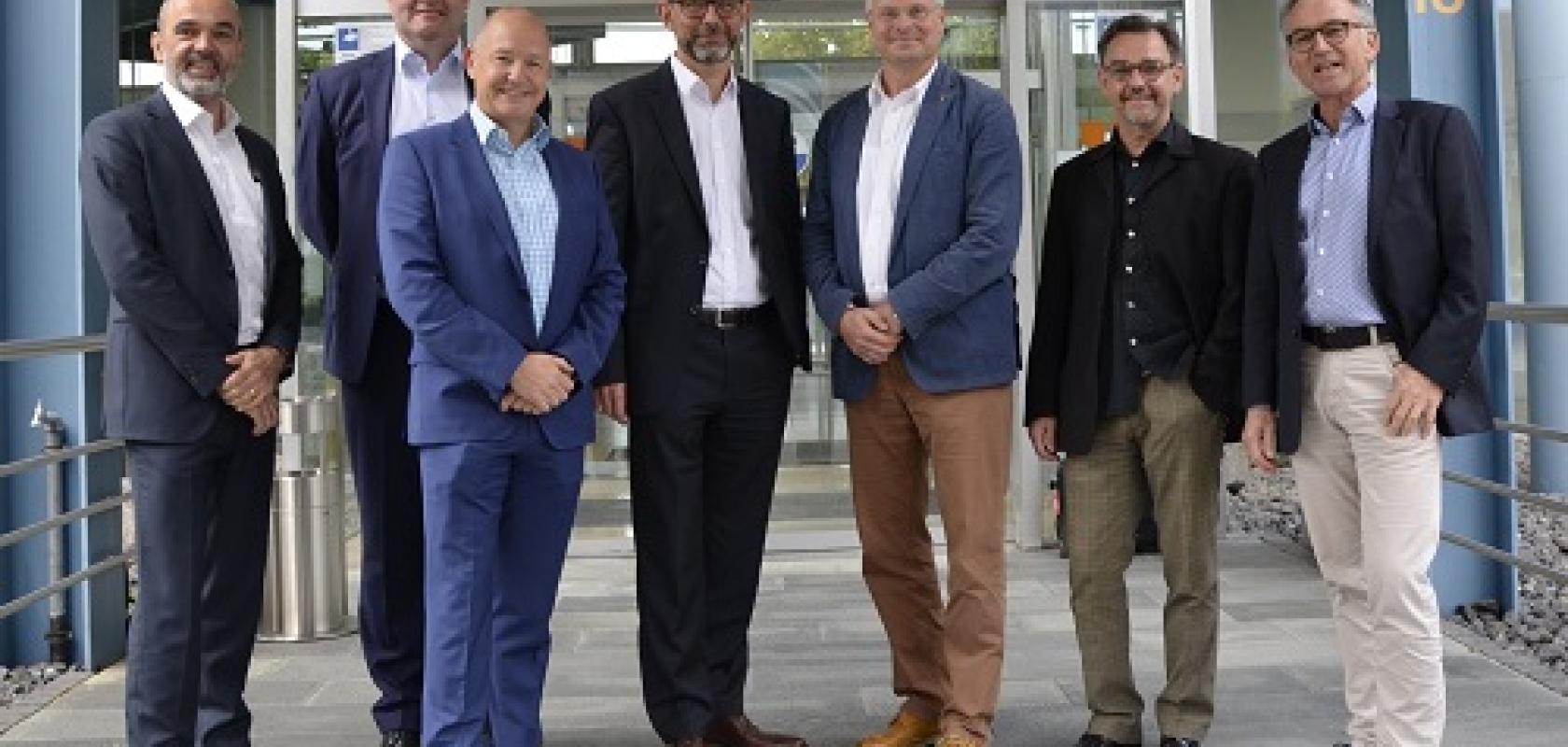As its new chairman, Mark Williamson sets out the priorities for VDMA Machine Vision
In October, the newly elected board met to identify the needs and challenges ahead for the European machine vision industry, and set the goals and activities for VDMA Machine Vision.
The board members are all aware that the machine vision industry is in a state of transition. In recent years, we have all seen many changes including company consolidations along with significant technological developments. New players have emerged, including start-ups, international corporations, and internet giants. The board itself reflects this, having representatives from start-up, multinational and consolidated companies, from component manufacturers and system integrators, all working together.
Vision is seen as a key technology in the trend towards digitalisation, both in and outside the factory, creating a lot of interest and offering many opportunities. Between 2013 and 2019, turnover in Germany alone grew by an average of 9 per cent per year. In 2020, while turnover declined by 4 per cent because of the pandemic, the decline was nowhere near as drastic as in many other industries, with good prospects for future growth. While the European machine vision industry is in an excellent position, it is important to strengthen this standing, to open up further growth markets in industrial and non-industrial environments, and to include new players.
Marketing and communication
The VDMA, with its 3,300 member companies in the mechanical and engineering sector, is well positioned for promoting machine vision within the industrial field, and for opening up new business opportunities. In Europe, VDMA Machine Vision is the conceptual sponsor of the Vision and Automatica trade shows. It also has activities at the Embedded World show to raise awareness among the embedded computing community of the expertise in the machine vision sector.
Meanwhile, through the VDMA’s foreign department – with offices in China, India, Russia and Brazil – the association offers members advice, local support and networking opportunities, such as the VDMA Machine Vision pavilion at the Vision China Shanghai show, and the VDMA Robotomation symposium in India.
Technology and standardisation
Another focus of activity for the VDMA Machine Vision board will continue to be technology and standardisation. There is a lot of innovation, with new trends, technological developments and new players both inside our domain and across the wider industry having an impact on our members’ future. For instance, how do developments such as data-driven business models impact the machine vision industry?
Luckily, the VDMA, with its 36 trade associations, offers a huge network and services to support the machine vision industry. It’s the VDMA Machine Vision board’s goal to make the membership aware of the challenges ahead, and to offer a platform to work on tackling them.
In standardisation, major efforts will continue in further developing the VDMA OPC Machine Vision initiative. The goal is to make machine vision fit for Industry 4.0 by defining standardised interfaces for machine vision systems to operate and be easily integrated into the wider factory.
With the VDI/VDE/VDMA 2632 series of guidelines, VDMA Machine Vision also supports the industry by providing a communication framework between vendors and users of machine vision systems, ensuring each project is well specified and delivered with a common understanding.
The group also continues to work toward worldwide acceptance of machine vision standards through the international G3 framework.
Market intelligence
Finally, VDMA Machine Vision will continue with its annual market survey. Sales by products, regions, and customer industries, as well as growth forecasts and trends are monitored. In addition, approximately 1,300 VDMA member companies participate in a monthly VDMA order intake and sales statistics for more than 40 VDMA groups – many of them customers of the machine vision sector. For machine vision, the data is separated into components and systems, and is ideal for benchmarking members’ own company data, monitoring regional developments, and observing the trends in customer industries.
Together with the VDMA Robotics and Automation association, studies on important trends, such as battery production and a China competitiveness report, are undertaken. Thanks to the VDMA’s good relationship with the China Machine Vision Union (CMVU), the VDMA Machine Vision membership receives an English translation of the Chinese machine vision market report.
The VDMA Machine Vision board’s overarching goal in all that we do is to increase the competitiveness of the European machine vision sector, and ensure Europe maintains its technological lead.
--
Mark Williamson is managing director of Stemmer Imaging Ltd in the UK, and a member of Stemmer Imaging AG’s senior leadership team. He was elected chairman of the board of VDMA Machine Vision at the end of September. Alongside Williamson, the board consists of: Heiko Frohn, Vitronic; Martin Klenke, Teledyne Imaging; Hardy Mehl, Basler; Donato Montanari, Deevio; Olaf Munkel, MVTec Software; and Uwe Wiedermann, Isra Vision.


